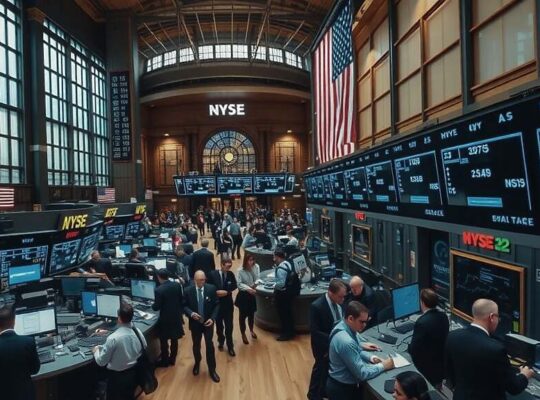The German DAX index continued its upward trajectory Thursday, extending gains from an already positive start to reach a new record high. By midday, the benchmark index stood at approximately 24,670 points, marking a 0.3 percent increase over the previous day’s closing level. Leading the surge were shares in Bayer, Heidelberg Materials and Daimler Truck, while Zalando, Beiersdorf and GEA lagged behind.
Market analyst Andreas Lipkow suggested the move to the 24,700-point threshold had been anticipated for weeks, attributing the success to favorable market conditions. However, he cautioned against complacency, stating that the index will no longer enjoy a “free pass” in the coming trading days. The extended run has been largely dependent on the performance of US equity markets, a factor that could shift dramatically with the imminent start of the earnings season.
A critical question now looming is whether the significant valuation discrepancies observed between US and European stock markets were, in fact, warranted. Lipkow’s remarks implicitly challenge the narrative of effortless gains mirroring US performance, hinting at a potential reassessment of European equities’ relative worth.
Furthermore, the normalization of the macroeconomic data environment, particularly the resolution of the recent US government shutdown, is expected to bring the true state of the US economy to the forefront. This reality check could introduce unwelcome headwinds. A previous ability to largely disregard economic fundamentals, masked by external factors, is unlikely to persist.
The euro weakened slightly Thursday afternoon, trading at $1.1623, equating to €0.8604 per dollar. Precious metals also experienced minor fluctuations, with gold prices falling to $4,039 per fine ounce (-0.1 percent), the equivalent of €111.73 per gram. Crude oil prices also decreased, with Brent North Sea crude trading at $65.89 per barrel, a 36-cent or 0.5 percent drop from the previous day’s closing price, further illustrating the volatility impacting global markets as supportive factors begin to recede.












